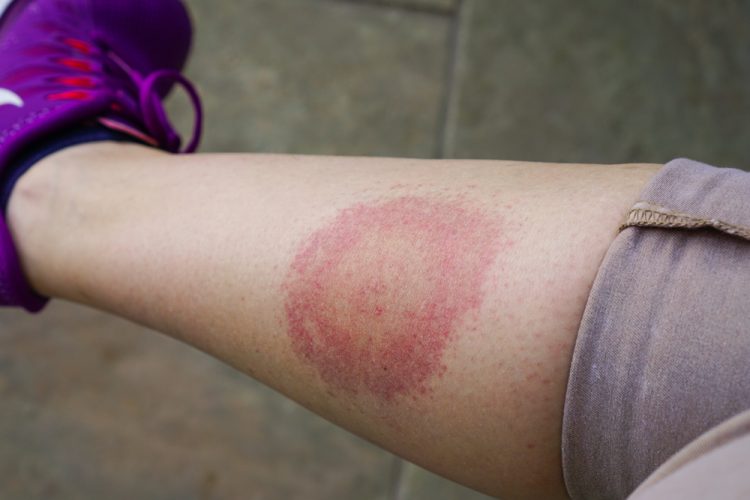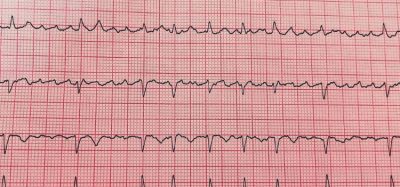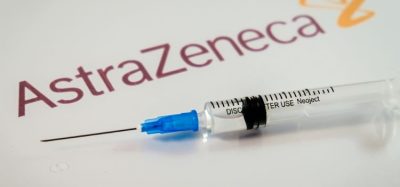Promising Phase II results for Lyme disease vaccine candidate
Posted: 29 September 2021 | Anna Begley (European Pharmaceutical Review) | No comments yet
Valneva and Pfizer’s Lyme disease vaccine VLA15 displayed a seroconversion rate of 100 percent for all OspA serotypes in Phase II study.


Valneva and Pfizer have announced positive Phase II results, including booster response, for Lyme disease vaccine candidate VLA15. VLA15 is the only active Lyme disease vaccine candidate in clinical development and is an investigational multivalent protein subunit vaccine.
It uses an established mechanism of action for a Lyme disease vaccine that targets the outer surface protein A (OspA) of Borrelia burgdorferi, the bacteria that cause Lyme disease, and covers the six OspA serotypes that are prevalent in North America and Europe. OspA is one of the most dominant surface proteins expressed by the bacteria when present in a tick.
The Phase II study, VLA15-202, is evaluating the immunogenicity and safety of VLA15 in a three dose vaccination schedule with doses given at month zero, two and six. The study enrolled 246 healthy adults 18 to 65 years of age in the US. The study met its primary endpoint of demonstrating that VLA15 was immunogenic across all dose groups tested and elicited high antibody responses across all serotypes (ST1 – ST6) at one month after completion of the primary vaccination series. Continued evaluation at Month 18 showed that antibody titres declined thereafter across all groups, remaining above baseline but confirming the need for a booster strategy.
VLA15 was safe and well-tolerated across all doses and age groups tested. No related Serious Adverse Events (SAEs) were observed in any treatment group. Participants who received a complete primary vaccination series with 180µg doses of VLA15 were invited to continue the study in a booster extension phase and were randomised to receive an additional 180µg dose of VLA15 (n=39) or placebo (n=19) at month 18.
VLA15’s acceptable safety profile was confirmed through one-month post-booster. Administration of a booster dose elicited a strong anamnestic response yielding a 2.9-fold (ST3) to 4.2-fold (ST1, ST4) increase (Geometric Mean Fold Rise) in anti-OspA IgG antibody titres compared with titres observed after primary immunisation.
All participants seroconverted to anti-OspA IgG after the booster dose, meaning seroconversion rates (SCRs) were 100 percent for all OspA serotypes. SCR was defined as the rate of subjects that changed from seronegative at baseline to seropositive. Additionally, subjects who were seropositive at baseline needed to show at least a four-fold increase in anti-OspA IgG compared to baseline titre. Functionality of elicited antibodies was demonstrated by serum bactericidal activity assays, leading to SCRs ranging from 86.8 percent (ST2) to 100.0 percent (ST3) after the booster. The study is continuing to monitor persistence of antibody responses for Lyme disease.
“The prevalence and geographic reach of Lyme disease is growing, underscoring the major medical need for vaccination against the disease,” commented Dr Kathrin Jansen, Senior Vice President and Head of Pfizer Vaccine Research and Development. “These positive results of the Phase II VLA15-202 study represent another important milestone in the development of VLA15, and we look forward to continue our development efforts in our quest to potentially protect people from Lyme disease in the future.”
Related topics
Big Pharma, Clinical Trials, Data Analysis, Dosage, Drug Safety, Immunisation, Research & Development (R&D), Vaccines









